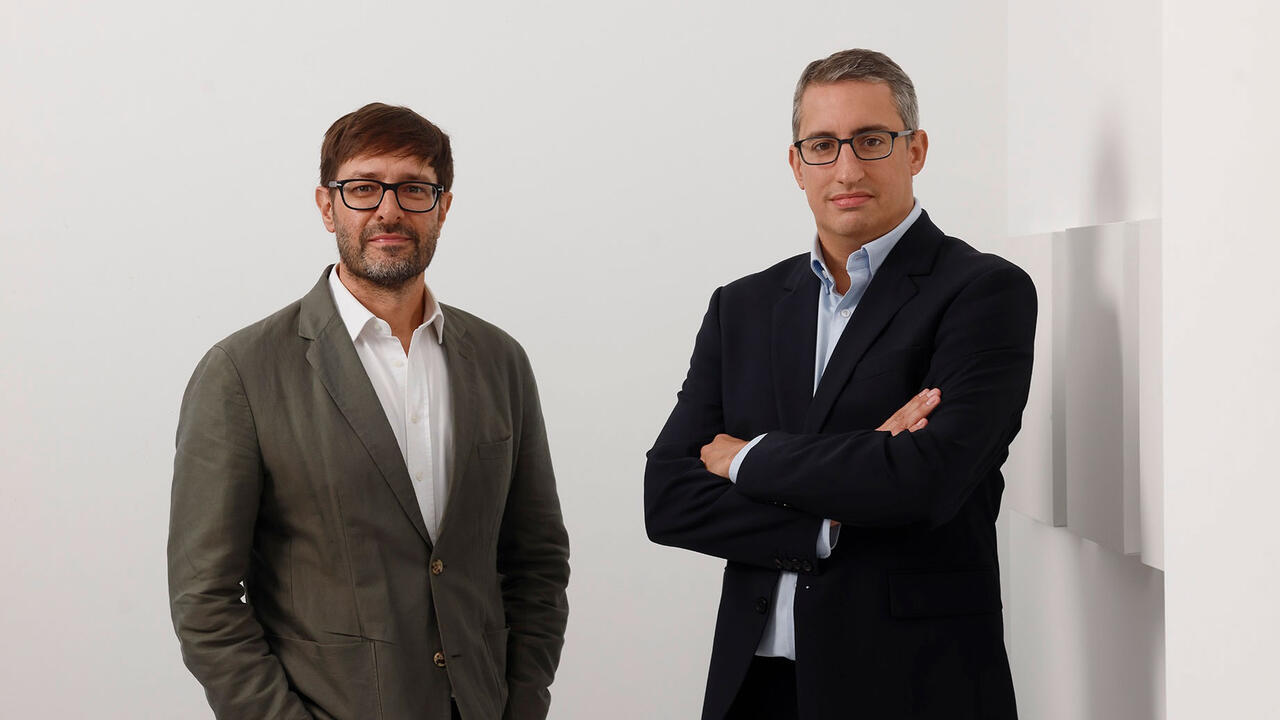Rolf Nowotny

‘New Mexico offered me a childhood of weird objects.’ So begins Ian Bogost’s 2012 book Alien Phenomenology or What It’s Like to Be a Thing. Bogost is a proponent of the turn to a so-called speculative realism in contemporary philosophy, which explores object-orientated ways of thinking about the world today. Danish artist Rolf Nowotny did not grow up in New Mexico, but he was born in the late 1970s – around the same time as Bogost – and he comes from a generation that has experienced the emergence of a world steeped in an abundance of new objects. His second solo show at Christian Andersen, entitled ‘How Can I Sleep’, reflected a philosophical and material re-engagement with objects akin to the one exercised by the speculative realists. Rather than trying to deduce a phenomenological truth, however, Nowotny’s approach is one of wonder, manifesting itself in objects that confront the viewer with a recognizable, yet somewhat peculiar, concrete reality.
Nowotny’s show featured four series that continued the investigations of his 2011 installation at Overgaden, Full Frontal Nudity, a large-scale floor piece consisting of glass and red clay artefacts in which people were allowed to flick their cigarette ash. Upon entering the space at Christian Andersen, one encountered a similar floor arrangement, but this time consisting of rectangular concrete basins of varying depths (How Can I Sleep, all works 2013). Nowotny had coated the vessels with thin layers of a mixture of yogurt, cow manure, beer and moss, in the hope that something would begin to grow on their surfaces. Two weeks into the exhibition, nothing visible had come of this amalgamation of the organic and the inorganic. Yet the industrial rawness of the basins still managed to generate a poetic sense of vibrating matter that was both subtle and intense.
Hanging perpendicular to the gallery wall were two powder-coated steel rings whose insides where lined with felt (Deaf Parent). Reminiscent of circus hoops, or perhaps slices of a cylinder used in a science lab, the rings had a ‘comforting inside’ and ‘cool outside’ dialectic. But they also represented an ambiguous exchange between appearance and withdrawal. The rings were present as objects on the wall, even as they seemed to dissolve into the space of the gallery. Navigating this aperture and considering the delicate co-existence of objects and subjects is an achievement in Nowotny’s work, and the show in general.
A series of four dark, crayon-on-silk drawings of fragmented teapots hanging in the gallery office continued the investigation of the twilight zone of objecthood. Each drawing is entitled Emerging, along with the name of a kind of tea (Ceylon, Chamomile, Earl Grey, Yasmin). In each one, the teapot looks as if it were, indeed, ‘emerging’ from the dark ground, obscuring the nature of the object itself and creating a sense of mild indefiniteness. But this effect of the formal aesthetics of crayon on silk was less intriguing than that of the odd materiality of the objects in the front room.
An accompanying text entitled Ecology, Dark, Weird by philosopher Timothy Morton was presented in the form of a booklet on the floor of the exhibition. Morton’s text posited Nowotny’s show as a continuation of the post-human and Anthropocene perspectives that currently pervade both pop-cultural and academic discourse. Contrary to Morton’s critical description of how humans have been destroying the world for thousands of years, however, Nowotny’s objects are not threatening. Seemingly disconnected from the political histories and ecological systems that Morton addresses, they inhabit the comfortable confines of the gallery, expressing a belief in a world where humans (as objects) and the objects they make, can coexist at peaceful odds with one another.
While Nowotny’s works in ‘How Can I Sleep’ may have lacked some of the awkward interactivity that made his installation at Overgaden so fascinating, the strangeness of his sculptures here was not the sci-fi, supernatural spectacle of the UFOs in Roswell that Bogost remembers, but one of a more formal and abstract nature. It is a strangeness that resonates with the aesthetics of Danish design: although it courts deviations from the norm, it does not lose its grip on the stylishly beautiful and the structurally reasonable.
















